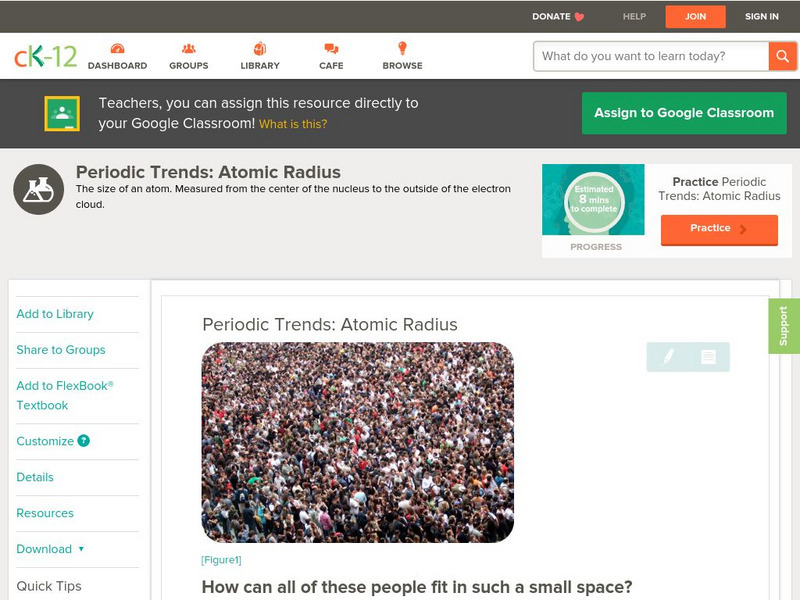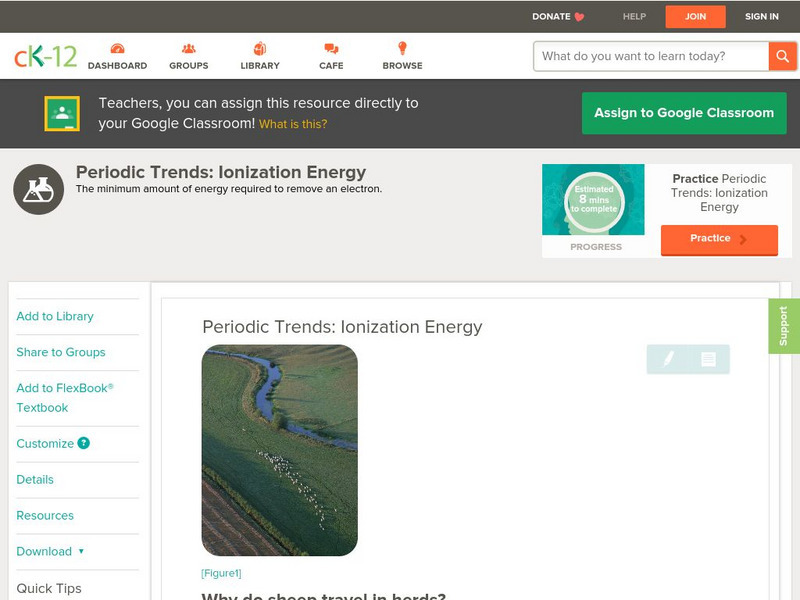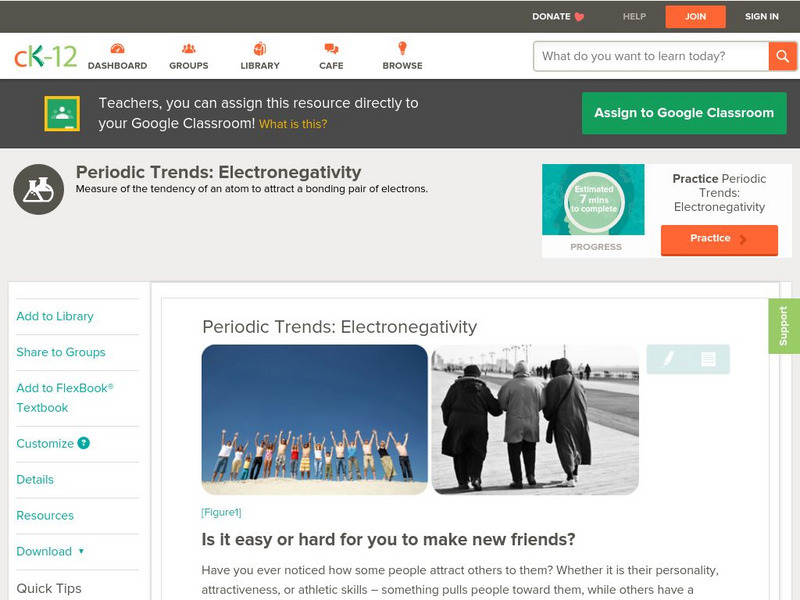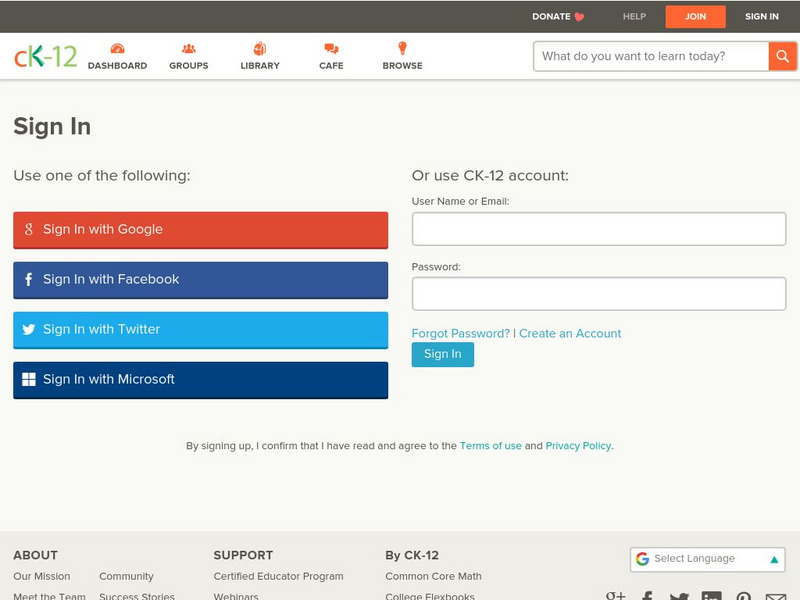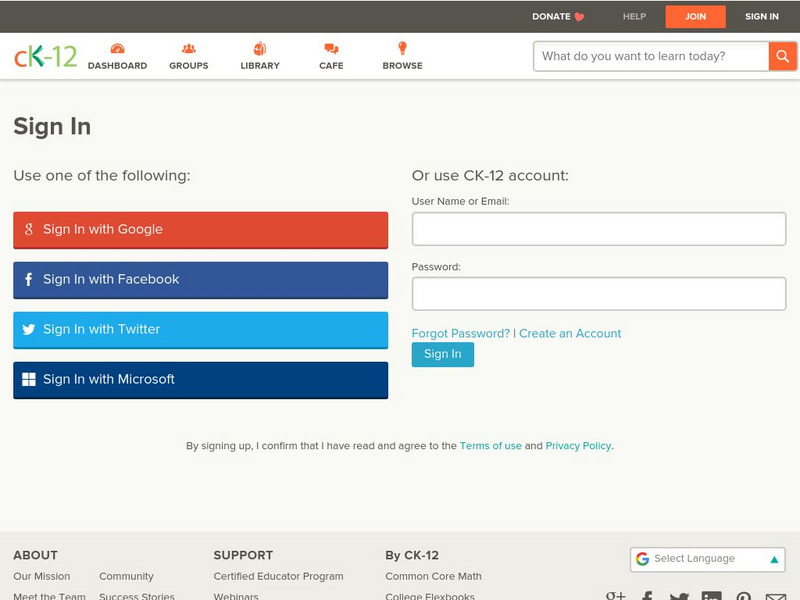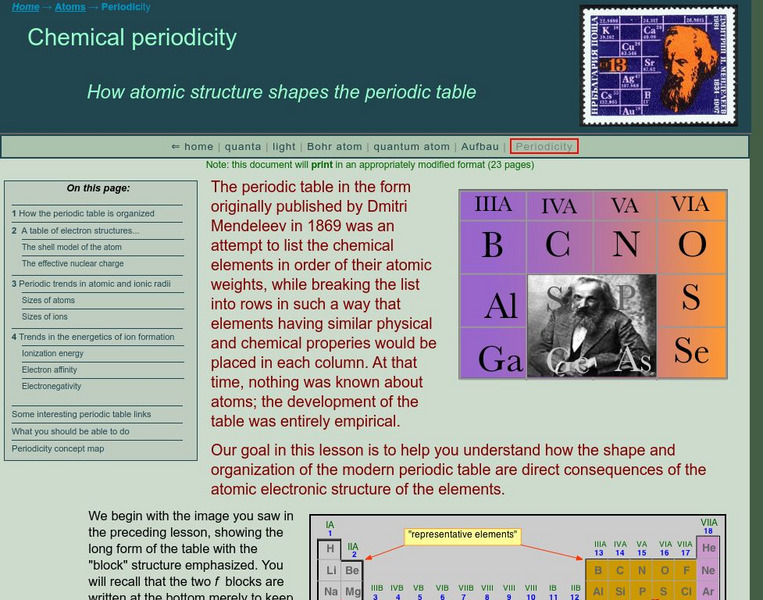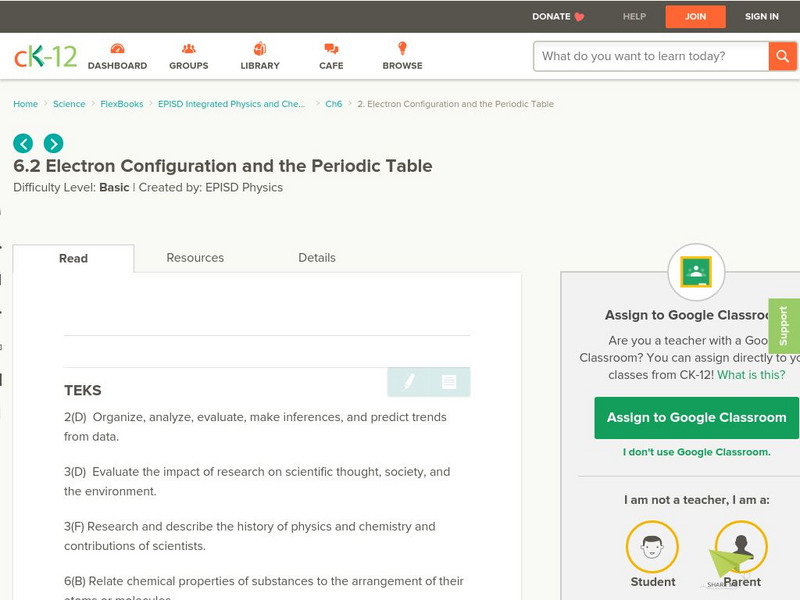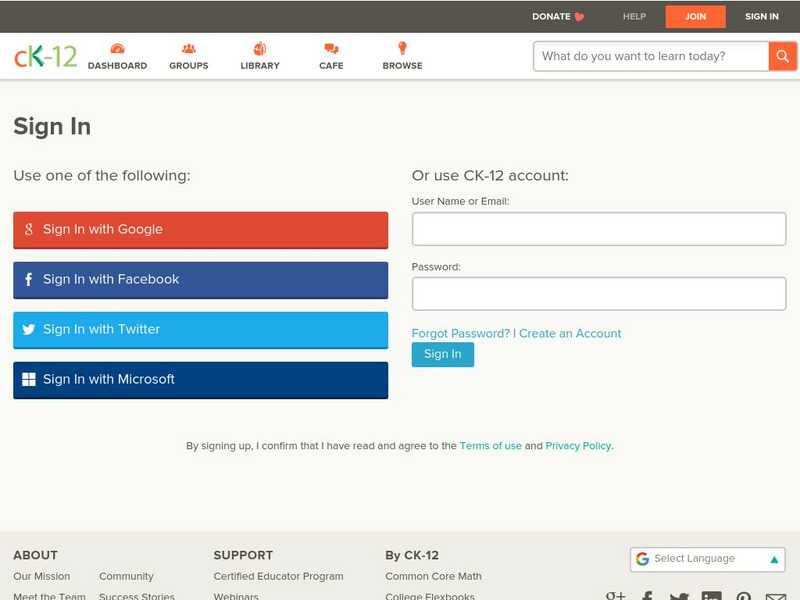National Institute of Open Schooling
Hydrogen and s-Block Elements
Lesson 19 in the series of 36 analyzes the element hydrogen and the s-block elements. Through readings, answering questions, and discussion, learners write about and explain their occurrence, physical and chemical properties, and...
Curated OER
Flame Test
Students conduct a flame test on different substances. In this chemistry lesson, students predict the element present based on the color emitted during the flame test. They explain how different elements produce different colors.
Curated OER
Electronegativity
Students identify the type of bonding between two atoms of elements given their electronegativity values. They study the trend of electronegativity across the periodic table in small groups.
Virginia Department of Education
Elements and Electron Configuration
It's electronic! Pupils uncover elements and their electron configurations as they explore mass, groupings, correct charges, and sliding theory. Young scientists learn creative ways to remember various elements and correctly...
Cornell University
Hydrophobic Surfaces—Deposition and Analysis
Couches, carpets, and even computer keyboards now advertise they are spill-resistant, but what does that mean? Scholars use physical and chemical methods to coat surfaces with thin films to test their hydrophobic properties. Then they...
Alabama Learning Exchange
Float or Sink?
Experiment with mass and density as scholars figure out what makes things float or sink. First, they watch a podcast introducing these concepts. Be sure to use the comprehension question to test their understanding. Young scientists...
Beyond Benign
Catalysts and Oxygen
Here is an engaging and hands-on lesson plan that allows high school chemists to demonstrate the effects of a catalyst on various chemicals. They garner knowledge of how reactants and products differ from one another, while...
Cornell University
Bacteria Take Over and Down
Bacteria outnumber all other forms of life on Earth. Scholars observe the growth of bacteria in petri dishes to understand their role in maintaining good health. Then, they observe the growth of bacteria after they introduce...
CK-12 Foundation
Ck 12: Periodic Trends
[Free Registration/Login may be required to access all resource tools.] In the following online tutorail students will use the Periodic Table to identify and explain periodic trends, including atomic and ionic radii, electronegativity,...
CK-12 Foundation
Ck 12: Chemistry: Periodic Trends: Atomic Radius
[Free Registration/Login may be required to access all resource tools.] Defines atomic radius and explains trends in atomic radius.
CK-12 Foundation
Ck 12: Chemistry: Periodic Trends: Ionization Energy
[Free Registration/Login may be required to access all resource tools.] Explains ionization energy, trends in ionization energy, and electron shielding.
CK-12 Foundation
Ck 12: Chemistry: Periodic Trends: Electronegativity
[Free Registration/Login may be required to access all resource tools.] Defines electronegativity and explains trends in electronegativity.
CK-12 Foundation
Ck 12: Chemistry: Periodic Trends: Atomic Radius
[Free Registration/Login may be required to access all resource tools.] Defines atomic radius and explains trends in atomic radius.
CK-12 Foundation
Ck 12: Chemistry: Periodic Trends: Electronegativity
[Free Registration/Login may be required to access all resource tools.] Covers electronegativity definition and trends in electronegativity.
CK-12 Foundation
Ck 12: Chemistry: Periodic Trends: Ionization Energy
[Free Registration/Login may be required to access all resource tools.] Explains ionization energy, trends in ionization energy, and electron shielding.
Frostburg State University
General Chemistry Online: The Periodic Table
This is a teacher's companion guide with lesson plans for the periodic table. It includes learning objectives, lecture notes, links to related sites, answers to frequently asked questions, and a glossary of related terms.
Simon Fraser University
Chem1 Virtual Textbook: Periodic Trends in Ion Formation
Acting as a subtopic of the General Chemistry Virtual Textbook's section on Atoms and the Periodic Table, this site discusses electron affinity and ionization energy in relation to ion formation. Charts and graphs are included as well.
CK-12 Foundation
Ck 12: Trends in the Periodic Table
[Free Registration/Login may be required to access all resource tools.] Students investigate specific properties that can be predicted by an element's position on the periodic table. Additionally, they will look at the formation of ions,...
CK-12 Foundation
Ck 12: Electron Configuration and the Periodic Table
[Free Registration/Login may be required to access all resource tools.] In this learning module, students will explore how the form of the periodic table is related to electron configurations, which in turn influences chemical reactivity.
ClassFlow
Class Flow: Periodic Table Trend
[Free Registration/Login Required] This flipchart helps students learn about the periodic trend of Atomic Radius of Elements across a Period and down a Group.
Georgia Department of Education
Ga Virtual Learning: Ap Chemistry: Atomic Theory
In this module students explore how matter is classified, the history of atomic theory, subatomic particles, modern atomic theory, electron configuration, the periodic table and its trends, and spectroscopy.
Upper Canada District School Board
Tom Stretton's Chemistry Pages: The Chemistry of Period 3
Through an online slideshow format, learn about the chemistry behind Period 3 on the Periodic Table of Elements. The last slide has questions for students.
CK-12 Foundation
Ck 12: Chemistry: Metallic and Nonmetallic Character
[Free Registration/Login may be required to access all resource tools.] Covers metallic character, nonmetallic character, and periodic table trends.
CK-12 Foundation
Ck 12: Chemistry: Electron Affinity
[Free Registration/Login may be required to access all resource tools.] Covers the definition of electron affinity and trends in electron affinity.









